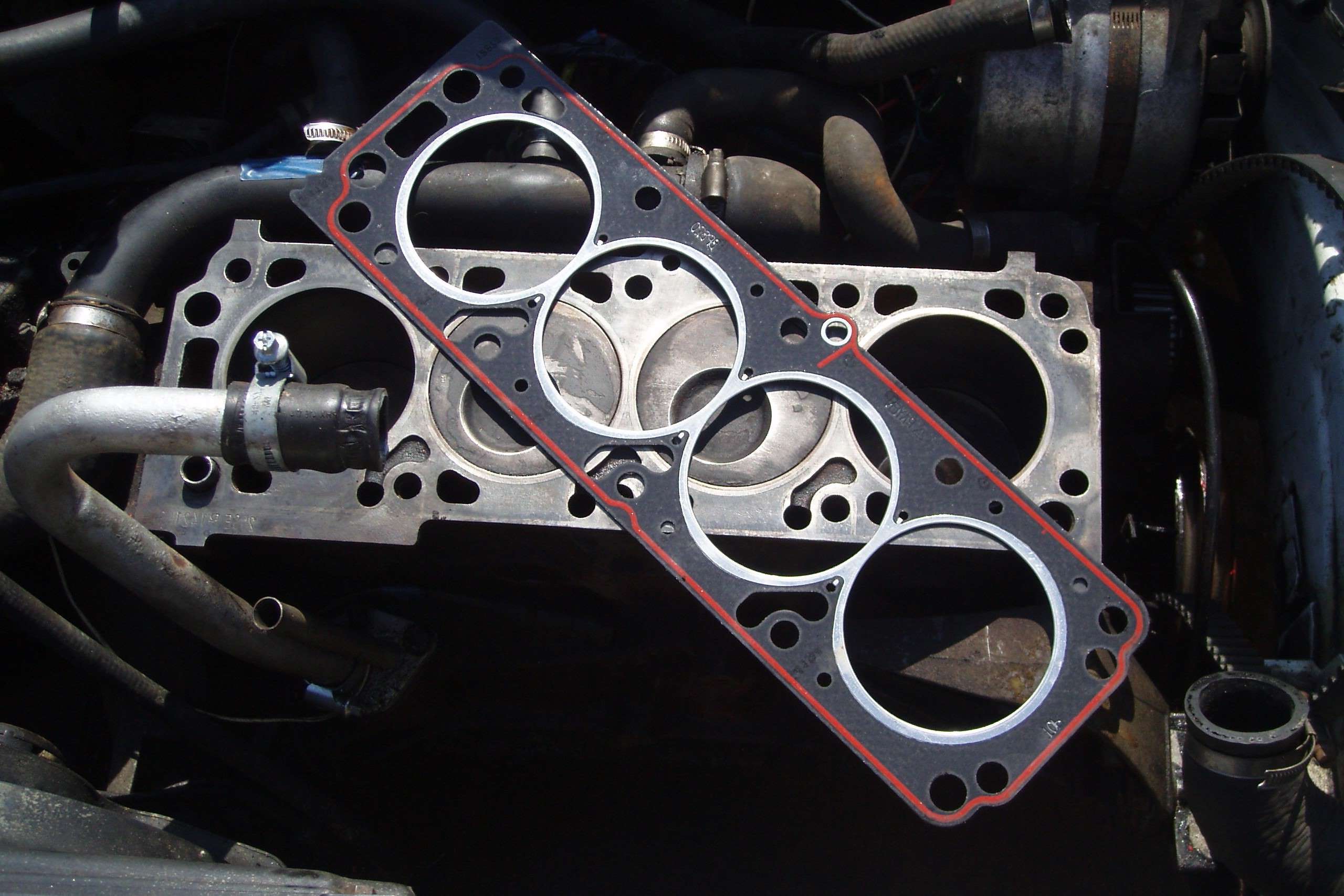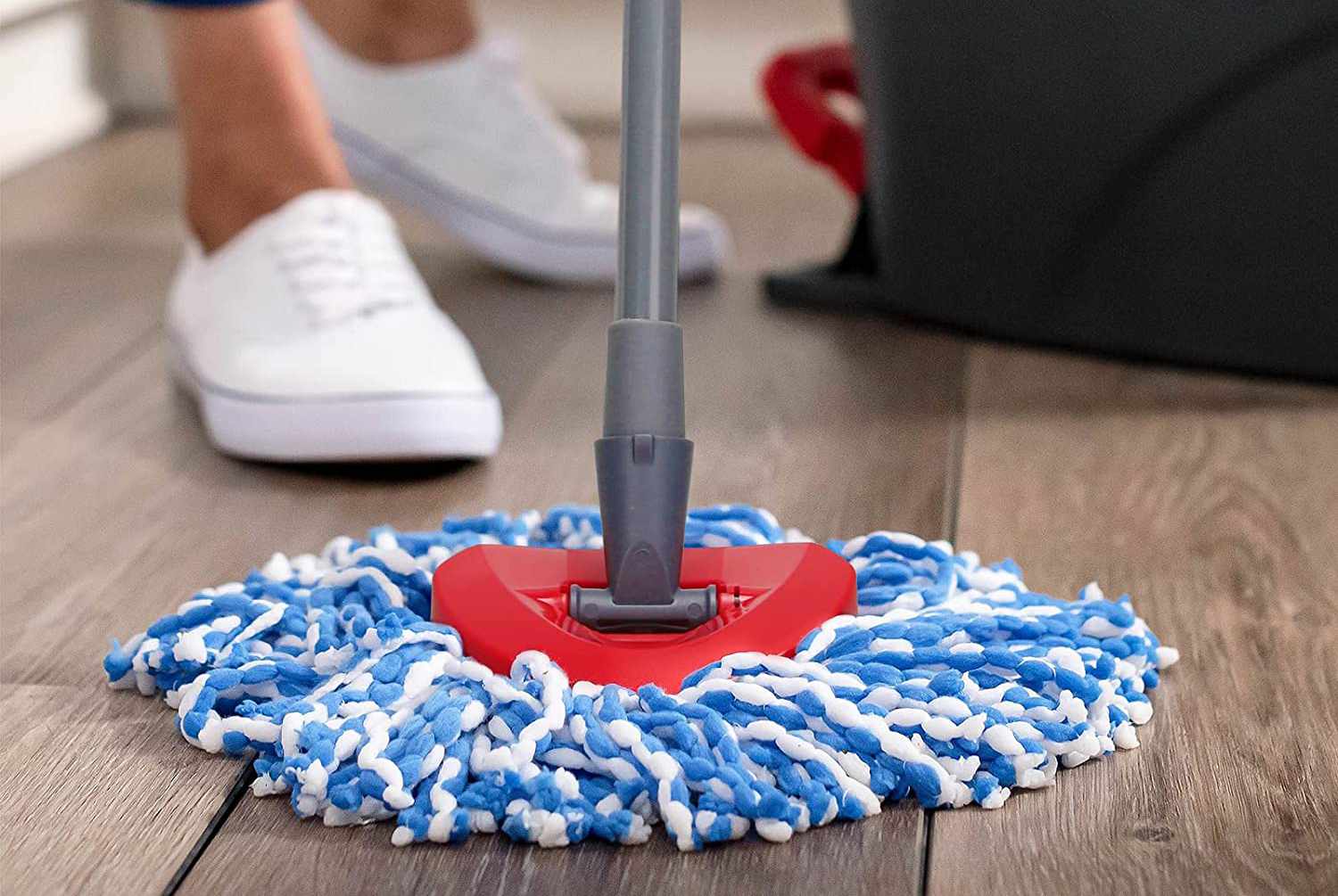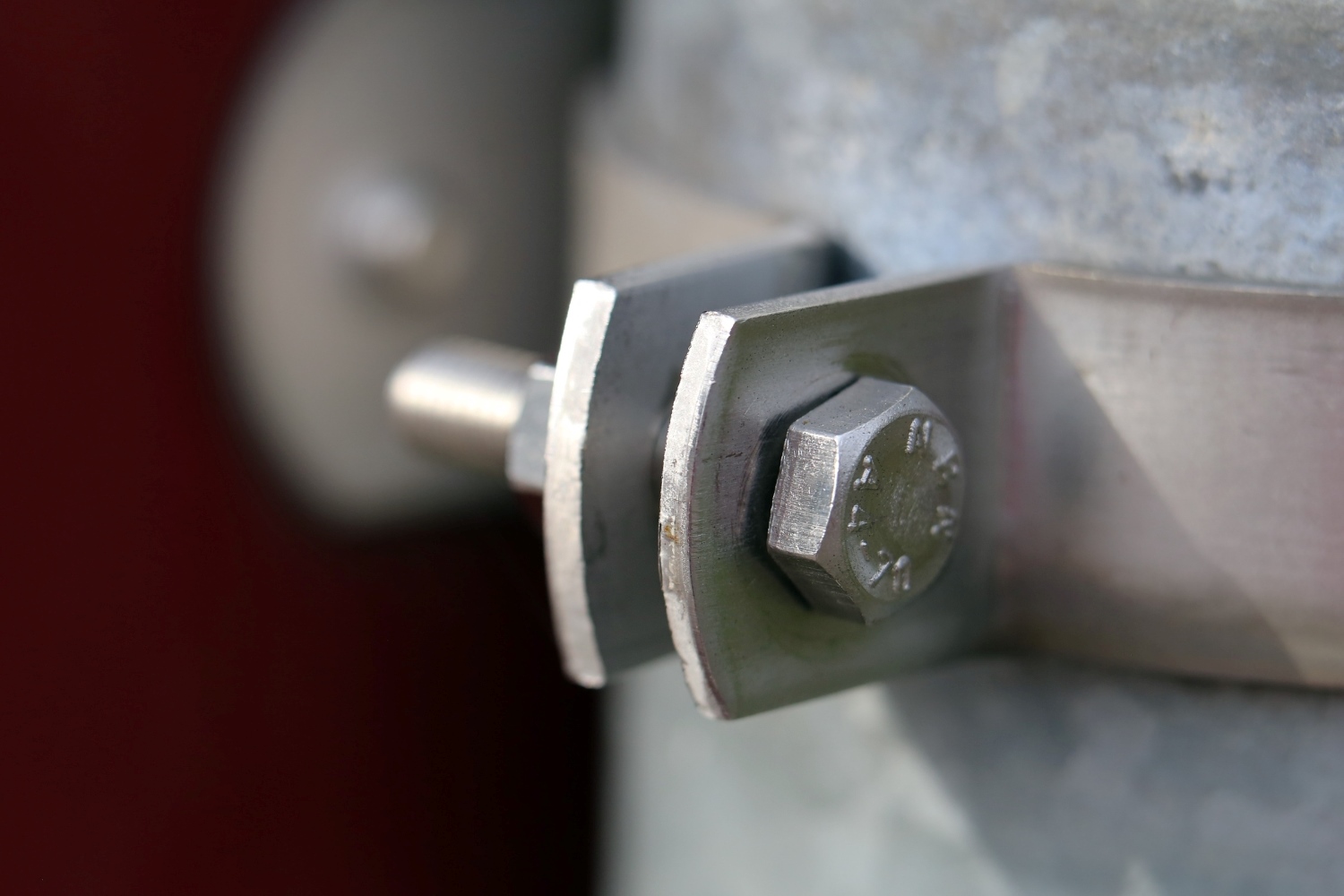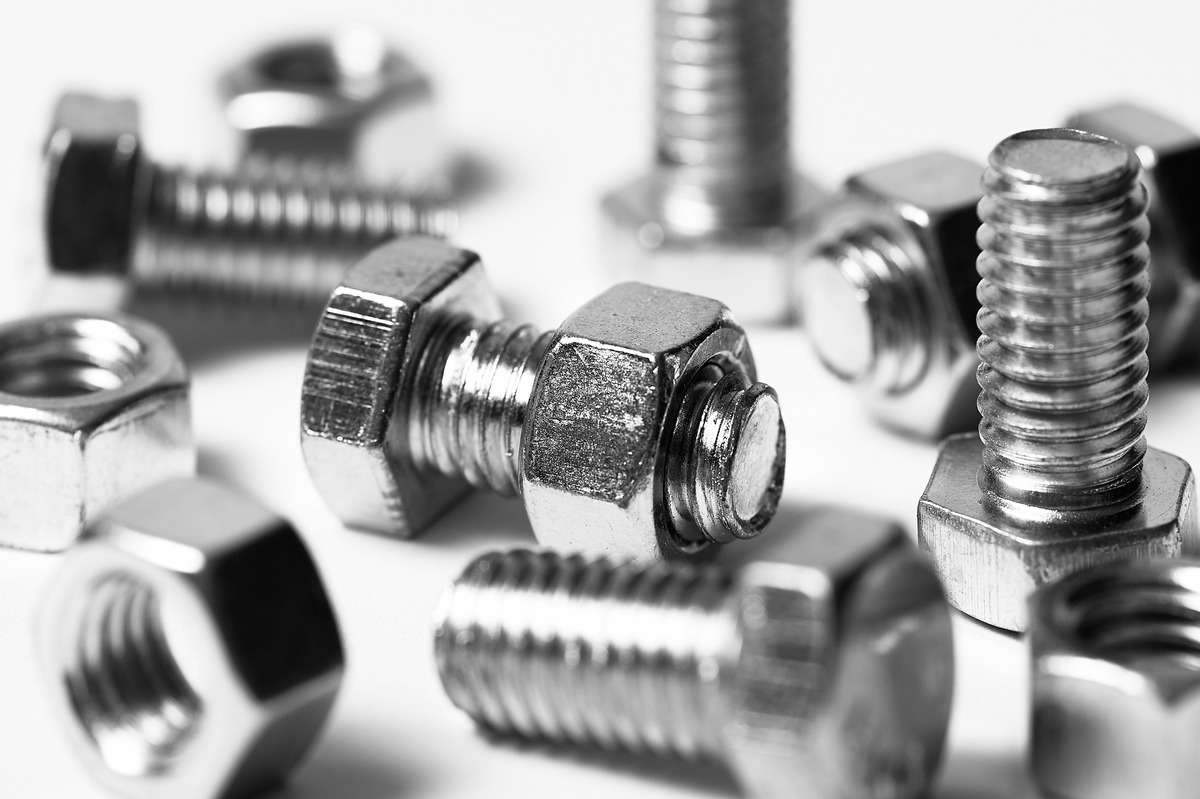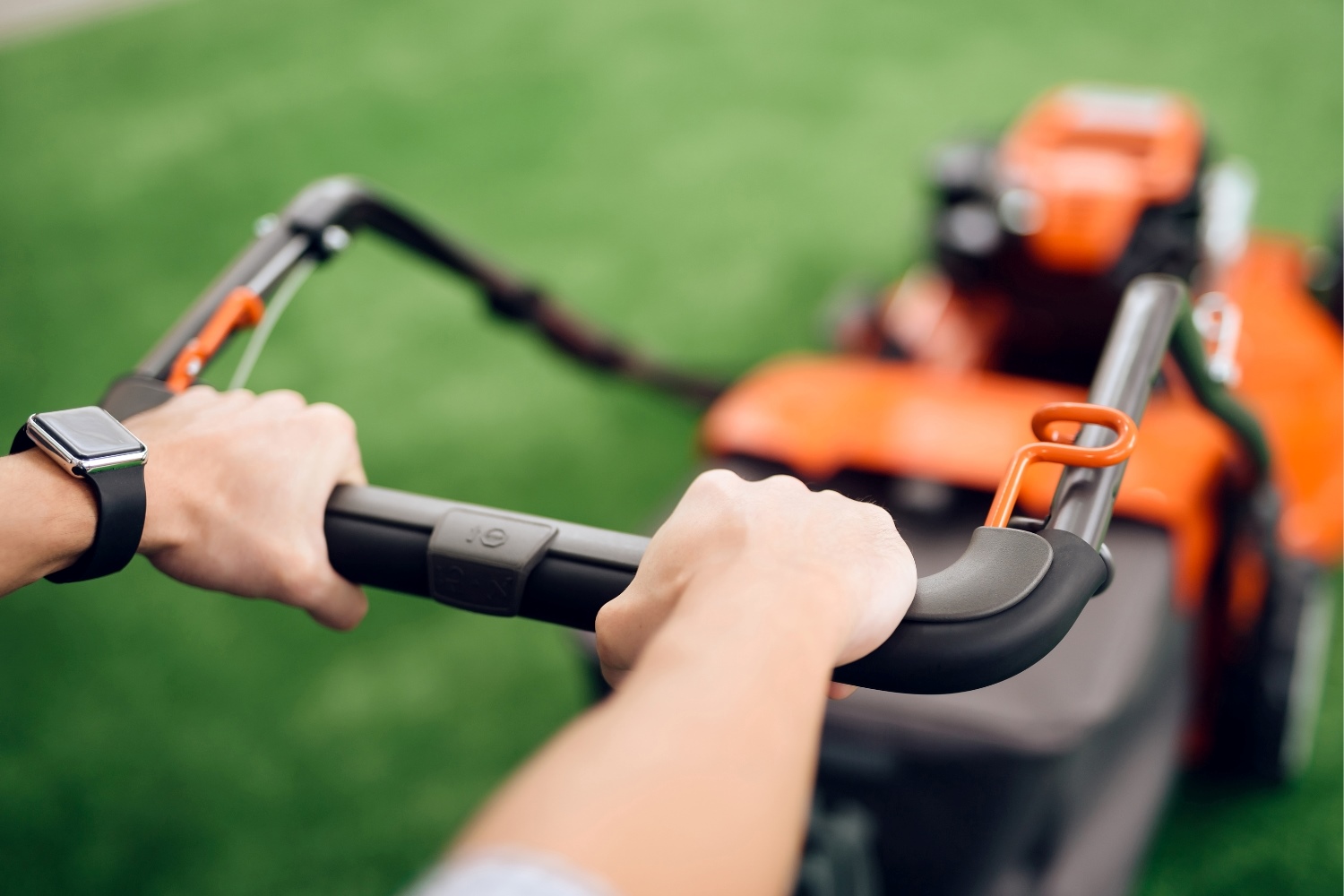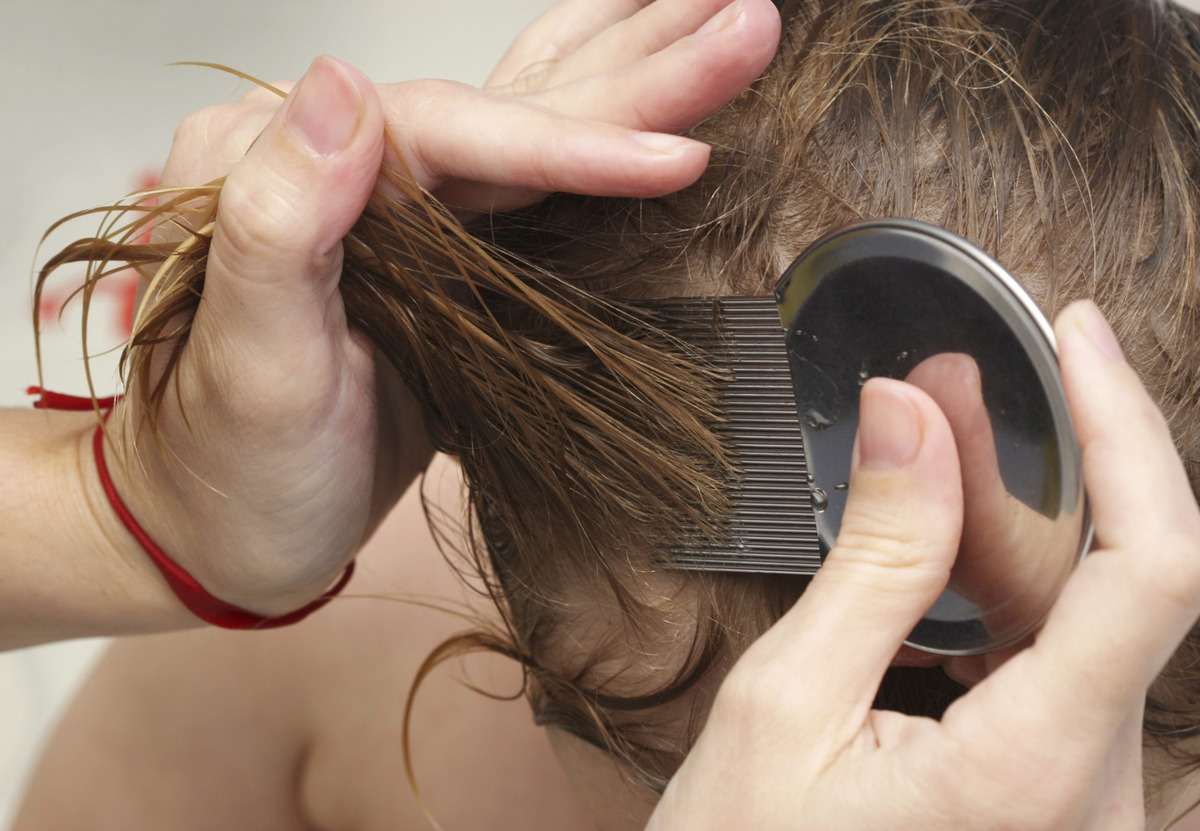Home>Home and Garden>How To Adjust Sprinkler Heads
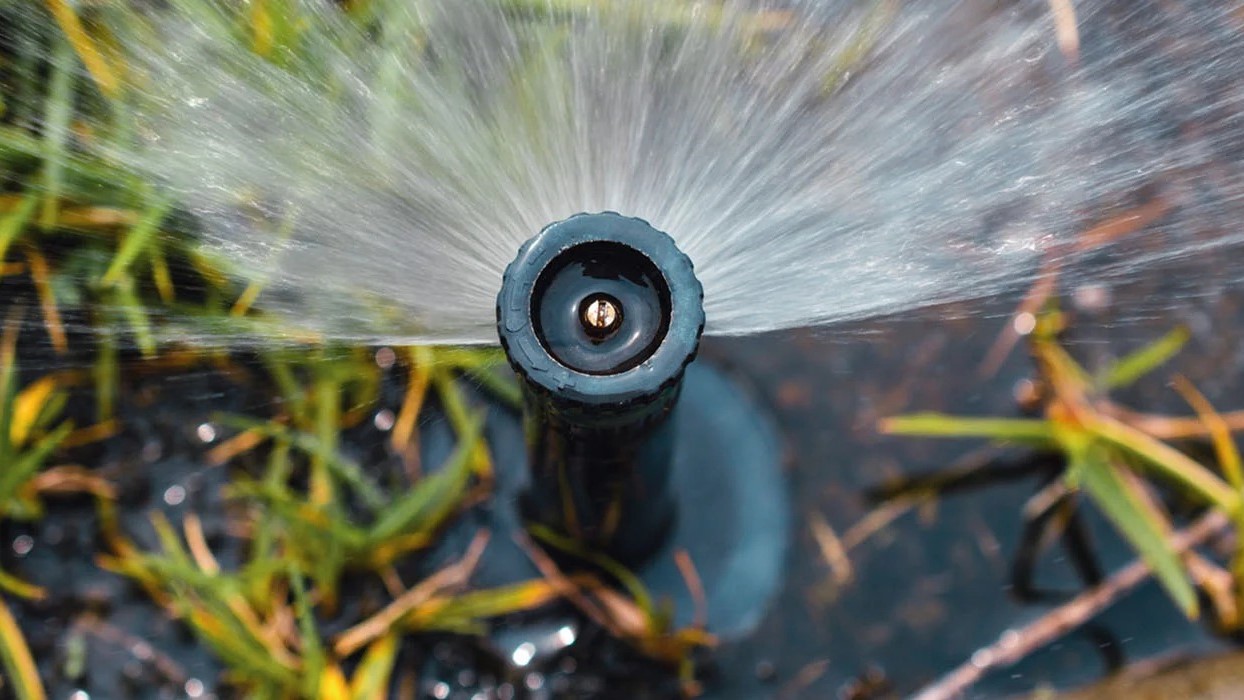

Home and Garden
How To Adjust Sprinkler Heads
Published: March 5, 2024
Learn how to adjust sprinkler heads in your home and garden with our step-by-step guide. Keep your lawn looking its best with these simple tips and tricks.
(Many of the links in this article redirect to a specific reviewed product. Your purchase of these products through affiliate links helps to generate commission for Noodls.com, at no extra cost. Learn more)
Table of Contents
Introduction
Adjusting sprinkler heads is a crucial aspect of maintaining a healthy and vibrant lawn or garden. Properly adjusted sprinkler heads ensure that water is distributed evenly, preventing overwatering in some areas and underwatering in others. This not only promotes the overall health of your landscape but also conserves water, making your irrigation system more efficient and cost-effective.
In this comprehensive guide, we will delve into the essential steps for adjusting sprinkler heads to optimize their performance. Whether you are dealing with fixed spray heads, rotating heads, or impact sprinklers, understanding the process of adjustment is vital for achieving the best results from your irrigation system.
By learning how to adjust sprinkler heads, you can tailor the water distribution to match the specific needs of your lawn or garden, taking into account factors such as soil type, plant species, and sun exposure. This level of customization ensures that every corner of your outdoor space receives the right amount of water, fostering healthy growth and lush greenery.
Understanding the importance of proper sprinkler head adjustment sets the stage for a more sustainable and visually appealing landscape. With the right tools and techniques, you can take control of your irrigation system, promoting water conservation and environmental stewardship while nurturing the beauty of your outdoor oasis. Let's explore the intricacies of adjusting sprinkler heads and unlock the potential for a thriving, well-nourished landscape.
Read more: How To Adjust A Rain Bird Sprinkler Head
Understanding Sprinkler Heads
Sprinkler heads are integral components of an irrigation system, responsible for distributing water across designated areas of your lawn or garden. Understanding the different types of sprinkler heads and their unique functionalities is essential for effective adjustment and optimal performance.
Fixed Spray Heads
Fixed spray heads emit a constant, stationary spray pattern, making them ideal for small to medium-sized lawn areas. These versatile sprinkler heads are available in various spray patterns, including full circle, half circle, and quarter circle, allowing for precise water distribution based on the shape and size of the targeted area.
Rotating Heads
Rotating sprinkler heads feature a rotating nozzle that delivers water in a circular or semi-circular pattern. These heads are suitable for larger lawn areas and are designed to provide consistent coverage while minimizing water wastage. The rotating action ensures even distribution, making them a popular choice for expansive landscapes.
Impact Sprinklers
Impact sprinkler heads are recognizable by their distinctive "ch-ch-ch" sound as they disperse water in a back-and-forth motion. These robust and adjustable heads are well-suited for large, open spaces and are capable of delivering water over extended distances. Their durability and adaptability make them a reliable option for commercial and residential applications alike.
Pop-Up Sprinkler Heads
Pop-up sprinkler heads are designed to retract into the ground when not in use, minimizing the risk of damage from lawn mowers or foot traffic. These discreet and versatile heads are available in various heights to accommodate different grass and plant heights, ensuring efficient water distribution without obstructing the visual appeal of the landscape.
Drip Irrigation Emitters
Drip irrigation emitters, while not traditional sprinkler heads, play a vital role in delivering water directly to the root zones of plants, promoting efficient water usage and minimizing evaporation. These low-flow emitters are ideal for gardens, flower beds, and shrubbery, providing targeted and controlled watering to support healthy plant growth.
Understanding the distinct characteristics and functionalities of these sprinkler heads is fundamental to their effective adjustment. By recognizing the unique traits of each type, you can tailor the adjustment process to suit the specific requirements of your lawn or garden, ensuring optimal water distribution and promoting the overall health and vitality of your outdoor space.
Tools Needed for Adjustment
When it comes to adjusting sprinkler heads, having the right tools at your disposal is essential for a seamless and effective process. Whether you are fine-tuning the spray pattern, adjusting the arc, or addressing nozzle issues, the following tools will empower you to make precise and targeted adjustments to your sprinkler heads:
-
Screwdriver: A flat-head or Phillips screwdriver is a versatile tool for adjusting the radius, arc, and spray pattern of sprinkler heads. It allows you to access and modify the internal components of the head with ease, facilitating precise adjustments to match the specific watering needs of your landscape.
-
Adjustable Wrench: An adjustable wrench is invaluable for loosening and tightening the collar or riser of certain sprinkler heads. This tool provides the necessary leverage to secure the head in the desired position after making adjustments, ensuring stability and consistent performance.
-
Pliers: Needle-nose pliers or slip-joint pliers can be utilized to adjust the flow rate and direction of certain sprinkler heads. By gently manipulating the nozzle or flow control mechanism, you can fine-tune the water output to align with the layout and requirements of your lawn or garden.
-
Sprinkler Head Pull-Up Tool: For pop-up sprinkler heads that retract into the ground, a specialized pull-up tool is indispensable for safely and efficiently accessing the head for adjustment. This tool minimizes the risk of damage to the sprinkler head and surrounding turf while providing convenient access for maintenance and adjustment.
-
Trenching Shovel: In cases where adjustments require access to buried or concealed components of the irrigation system, a trenching shovel is essential for excavating the area around the sprinkler head. This tool facilitates safe and controlled digging, allowing you to reach underground components without causing damage to the surrounding landscape.
-
Nozzle Adjustment Tool: Some sprinkler heads, particularly those with intricate or specialized nozzles, may benefit from a nozzle adjustment tool designed to modify the spray pattern, distance, or flow rate. This tool provides a precise and dedicated means of customizing the water distribution to suit the unique layout and characteristics of your outdoor space.
By equipping yourself with these essential tools, you can approach the task of adjusting sprinkler heads with confidence and precision. Each tool serves a specific purpose in the adjustment process, enabling you to fine-tune the performance of your irrigation system and optimize water distribution across your lawn or garden. With the right tools at your disposal, you can take control of your sprinkler system, ensuring that it operates at peak efficiency while nurturing the health and beauty of your outdoor environment.
Steps for Adjusting Sprinkler Heads
-
Identify the Type of Sprinkler Head: Begin by identifying the specific type of sprinkler head you are adjusting, whether it's a fixed spray head, rotating head, impact sprinkler, pop-up head, or drip irrigation emitter. Understanding the unique characteristics and functionalities of the sprinkler head will guide your adjustment approach.
-
Locate the Adjustment Mechanisms: Depending on the type of sprinkler head, locate the adjustment mechanisms, which may include radius adjustment screws, arc adjustment collars, flow control nozzles, or pressure regulators. These components allow you to customize the spray pattern, distance, and flow rate to match the specific needs of your landscape.
-
Turn Off the Water Supply: Before making any adjustments, ensure that the water supply to the irrigation system is turned off. This prevents water from flowing while you work on the sprinkler heads, minimizing the risk of getting wet and allowing for precise adjustments without water interference.
-
Adjust the Spray Pattern: For fixed spray heads, use a screwdriver to adjust the radius and spray pattern. Turning the radius adjustment screw clockwise reduces the spray distance, while turning it counterclockwise increases the distance. Fine-tune the spray pattern to cover the intended area without overspray.
-
Modify the Arc: If you are working with rotating or impact sprinkler heads, use an adjustable wrench to modify the arc. Loosen the arc adjustment collar and reposition the head to cover the desired area. Once in position, tighten the collar to secure the arc adjustment, ensuring consistent coverage.
-
Fine-Tune the Flow Rate: Some sprinkler heads feature flow control nozzles or pressure regulators that allow you to fine-tune the flow rate and direction of the water. Use pliers to adjust these components, ensuring that the water output matches the layout and requirements of your lawn or garden.
-
Check for Uniform Coverage: After making adjustments, visually inspect the water distribution to ensure uniform coverage across the designated area. Look for dry spots or oversaturated areas, and make further adjustments as needed to achieve balanced and efficient water distribution.
-
Test the Adjusted Sprinkler Heads: Once the adjustments are complete, turn on the water supply and observe the performance of the adjusted sprinkler heads. Verify that the spray pattern, arc, and flow rate align with your expectations, making additional adjustments if necessary to achieve optimal coverage.
-
Secure the Sprinkler Heads: After confirming the effectiveness of the adjustments, secure the sprinkler heads in their new positions. This may involve tightening the riser or collar to prevent movement and ensure consistent performance during operation.
-
Monitor and Fine-Tune as Needed: Regularly monitor the performance of the adjusted sprinkler heads, especially after the initial adjustment. Fine-tune the settings as needed to accommodate changes in the landscape, plant growth, or environmental conditions, ensuring that the irrigation system continues to deliver efficient and targeted water distribution.
By following these comprehensive steps for adjusting sprinkler heads, you can optimize the performance of your irrigation system, promoting healthy growth and vibrant greenery throughout your lawn or garden. With a clear understanding of the adjustment process and the right tools at your disposal, you can take control of your sprinkler system, ensuring that it operates at peak efficiency while nurturing the beauty of your outdoor environment.
Read more: How To Adjust Water Level In Toilet Bowl
Tips for Proper Sprinkler Head Adjustment
Properly adjusting sprinkler heads is a key factor in maintaining a healthy and vibrant lawn or garden. To ensure that your irrigation system operates at its best, consider the following tips for effective sprinkler head adjustment:
-
Regular Inspection: Make it a habit to inspect your sprinkler heads regularly. Check for any signs of damage, blockages, or misalignment. By identifying issues early, you can address them promptly and prevent potential water wastage or uneven coverage.
-
Seasonal Adjustments: Adjust your sprinkler heads seasonally to accommodate changes in weather and plant growth. During the hotter months, you may need to increase the water output, while in cooler periods, reducing the frequency of watering can prevent over-saturation.
-
Watering Schedule: Coordinate the watering schedule with the specific needs of your lawn or garden. Consider factors such as soil type, sun exposure, and plant water requirements when setting the irrigation timing and duration. This tailored approach ensures that your landscape receives the right amount of water without unnecessary waste.
-
Avoid Overlapping: When adjusting the spray patterns of multiple sprinkler heads, be mindful of overlapping coverage. Overlapping spray patterns can lead to overwatering and potential water runoff. Adjust the heads to create a seamless and uniform distribution without unnecessary overlap.
-
Consistent Maintenance: Keep your sprinkler heads clean and free from debris to maintain optimal performance. Clear any obstructions that may affect the spray pattern or flow rate. Regular maintenance prevents clogging and ensures that water is distributed evenly across the designated areas.
-
Consider Wind Patterns: Take into account the direction and intensity of prevailing wind patterns when adjusting your sprinkler heads. Position the heads and adjust the spray patterns to minimize the impact of wind drift, ensuring that water reaches the intended areas without being carried away.
-
Monitor Soil Absorption: Be mindful of soil absorption rates to prevent water wastage and runoff. If you notice excessive pooling or runoff after watering, consider adjusting the flow rate or duration to align with the soil's capacity to absorb water effectively.
-
Optimize Coverage: Fine-tune the sprinkler heads to ensure comprehensive coverage of your lawn or garden. Adjust the spray patterns, arc, and flow rate to accommodate the specific layout and dimensions of your outdoor space, promoting uniform watering and healthy plant growth.
-
Water Conservation: Embrace water conservation practices by adjusting your sprinkler heads to minimize overspray onto hardscapes or non-landscaped areas. By targeting water delivery to the intended vegetation, you can reduce water waste and contribute to environmental sustainability.
-
Professional Assessment: If you encounter persistent issues or challenges with your sprinkler system, consider seeking professional assessment and maintenance. Professional irrigation specialists can provide insights and solutions to optimize your system's performance and address any underlying issues effectively.
By incorporating these tips into your sprinkler head adjustment routine, you can enhance the efficiency and effectiveness of your irrigation system while promoting the health and beauty of your lawn or garden. Thoughtful and proactive adjustment practices contribute to water conservation, cost savings, and a flourishing outdoor environment.
Conclusion
In conclusion, mastering the art of adjusting sprinkler heads empowers homeowners and garden enthusiasts to take control of their irrigation systems, promoting efficient water distribution, environmental sustainability, and the overall health and beauty of their outdoor spaces. By understanding the unique characteristics and functionalities of different sprinkler heads, individuals can tailor the adjustment process to suit the specific requirements of their lawns or gardens, ensuring that water is delivered precisely where it is needed.
The process of adjusting sprinkler heads involves a combination of technical knowledge, practical skills, and a keen eye for detail. From identifying the type of sprinkler head to fine-tuning the spray pattern, arc, and flow rate, each step contributes to the optimization of the irrigation system. By utilizing the essential tools and following a systematic approach, individuals can achieve balanced and uniform water coverage, preventing overwatering, underwatering, and unnecessary water waste.
Furthermore, the tips for proper sprinkler head adjustment provide valuable insights into maintaining the long-term effectiveness of the irrigation system. Regular inspection, seasonal adjustments, and mindful watering schedules contribute to sustainable water usage, while considerations such as wind patterns, soil absorption, and coverage optimization ensure that water is utilized efficiently and responsibly.
Ultimately, the ability to adjust sprinkler heads effectively transcends mere technical proficiency; it reflects a commitment to environmental stewardship and the well-being of the outdoor landscape. By embracing water conservation practices, minimizing overspray, and seeking professional assessment when needed, individuals can contribute to a greener, more sustainable future while enjoying the lushness and vibrancy of their lawns and gardens.
In essence, the process of adjusting sprinkler heads is not just about optimizing water distribution; it is a testament to the care and dedication invested in nurturing a thriving outdoor environment. Through thoughtful adjustment practices and a holistic approach to irrigation management, individuals can create a landscape that flourishes with vitality, beauty, and the sustainable use of precious water resources.
